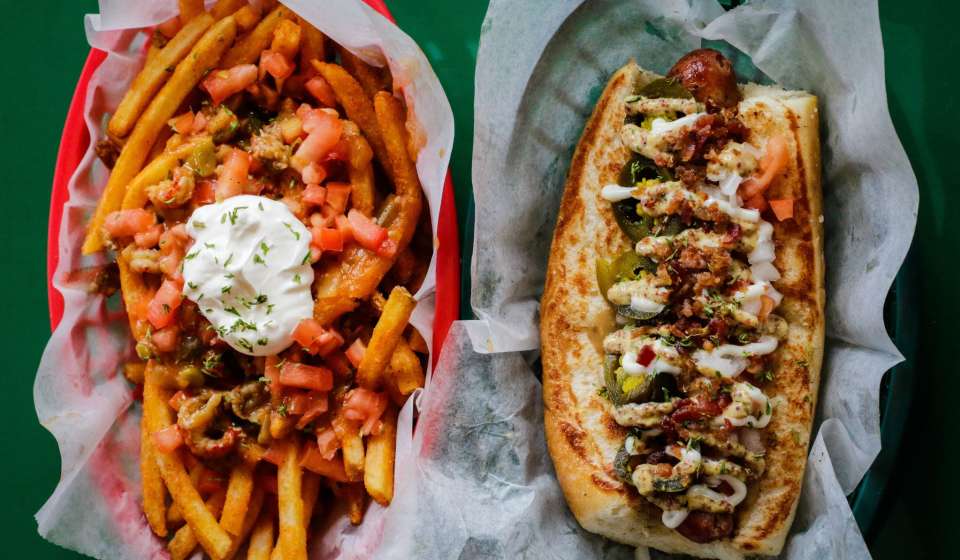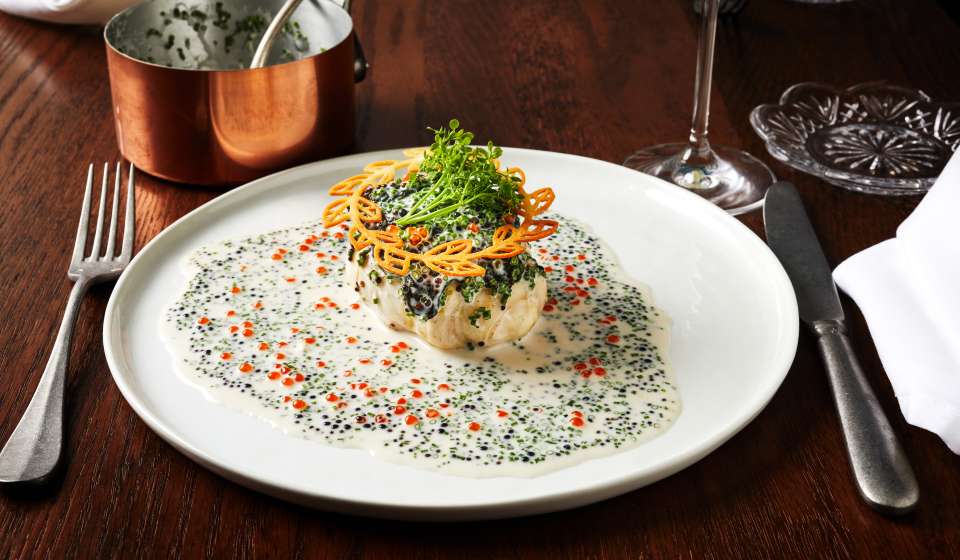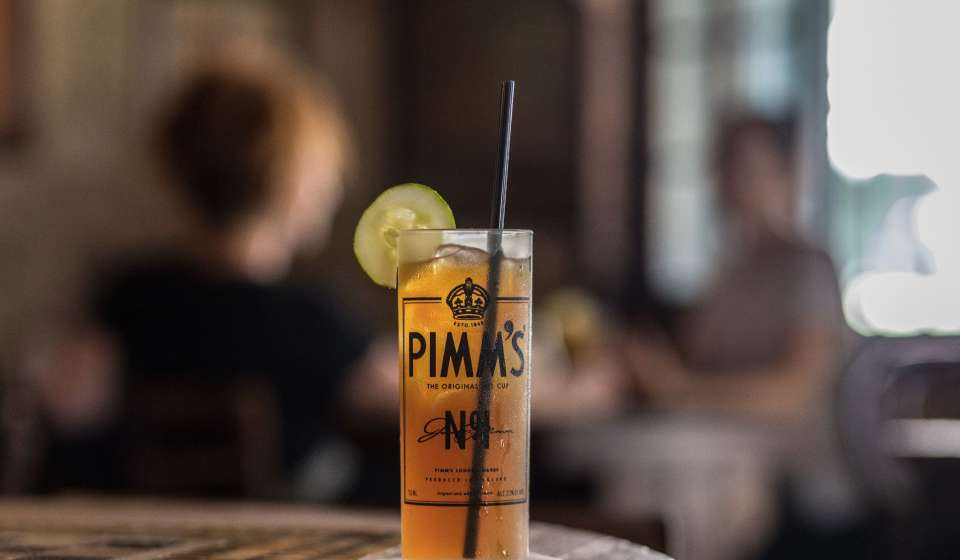Media Contacts:
Eli A. Haddow
The Historic New Orleans Collection
(504) 556-7603
elih@hnoc.org
Sarah Chambless Federer
Gambel Communications
(985) 373-5271
sarahc@gambelpr.com
New Orleans, Louisiana-Between 1897 and 1917, Storyville, an infamous, yet legal, red-light district thrived on the edge of the French Quarter, and in "Guidebooks to Sin: The Blue Books of Storyville, New Orleans," Pamela D. Arceneaux offers the first contemporary study of the area's notorious directories.
The blue books arise from an integral and complicated point in New Orleans history, when class consciousness and tourism intersected with race and prostitution through modern advertising. Because they were originally created as disposable resources, few editions exist today-100 years after Storyville's closure-and THNOC houses one of the largest collections of blue books.
In "Guidebooks to Sin," Arceneaux illustrates her decades of research with facsimile pages from 25 guides (15 original Storyville guides plus 10 imitations that were produced decades after the District officially closed). Together with Emily Epstein Landau's foreword, which places the books in their historical context, the new volume is the ultimate guide to these artifacts, which have long been misconstrued pieces of Storyville's history.
"Blue books are such fascinating and misunderstood objects," said Arceneaux. "They perpetuated a glamorous aura of Storyville that was assumed, but only existed in part. I hoped that by carefully analyzing THNOC's considerable collection of these artifacts, I could right some of the wrongs that presented a false image of the District."
Storyville's self-promotion helped make New Orleans a national tourism destination, but the glamour suggested in its guides was part of a concentrated marketing strategy to attract upper-class white men. Presenting Storyville as an all-around entertainment district, blue books mentioned music and food, featuring advertisements from brothels and saloons, to Budweiser and Veuve Clicquot, with a wink to sexual services from women of different races. They reveal that the District and its entrepreneurs were in step with social and commercial trends that separated luxury from reality.
"The blue books catalogued Storyville's women according to race and advertised its bordellos as high-class pleasure palaces for the exclusive enjoyment of white men, without ever mentioning sex," said Landau. "They, and Storyville itself, were of their time and wholly modern."
Blue books are the only artifacts that preserve this unique vision of Storyville, and their notoriety has contributed to a bawdy, romanticized version of the District, which has adhered to the city as a whole. "Guidebooks to Sin" balances the blue books' rosy portrayal of Storyville with historical insight into their production.
###
About The Historic New Orleans Collection
Founded in 1966, The Historic New Orleans Collection is a museum, research center and publisher dedicated to the study and preservation of the history and culture of New Orleans and the Gulf South. For more information, visit www.hnoc.org or call (504) 523-4662.











